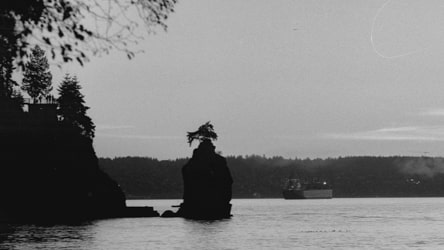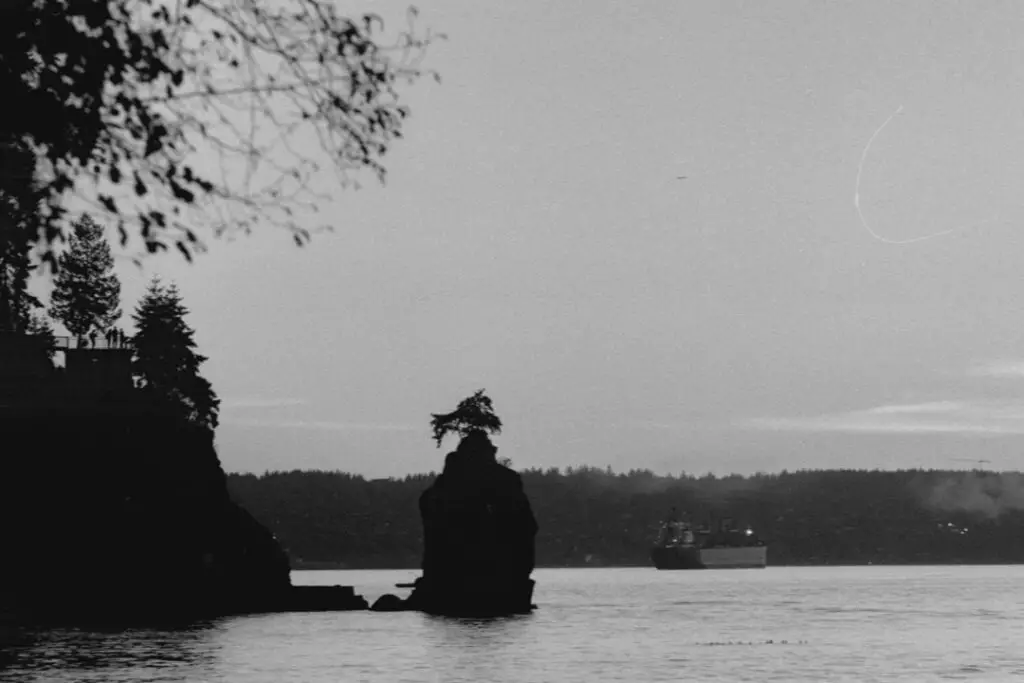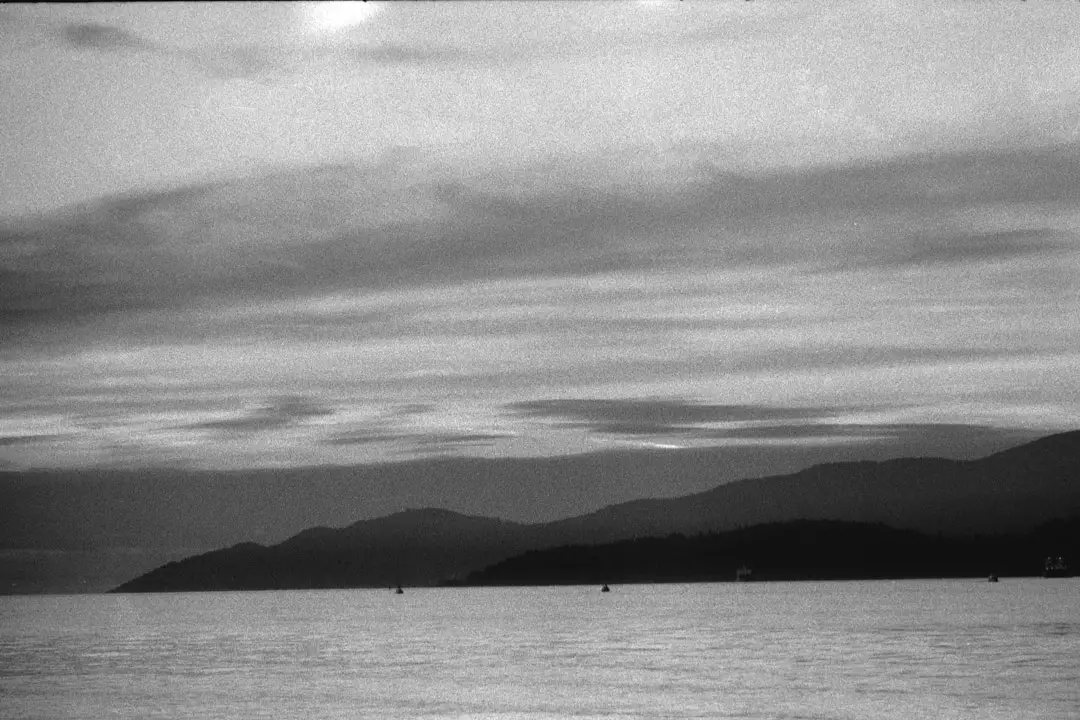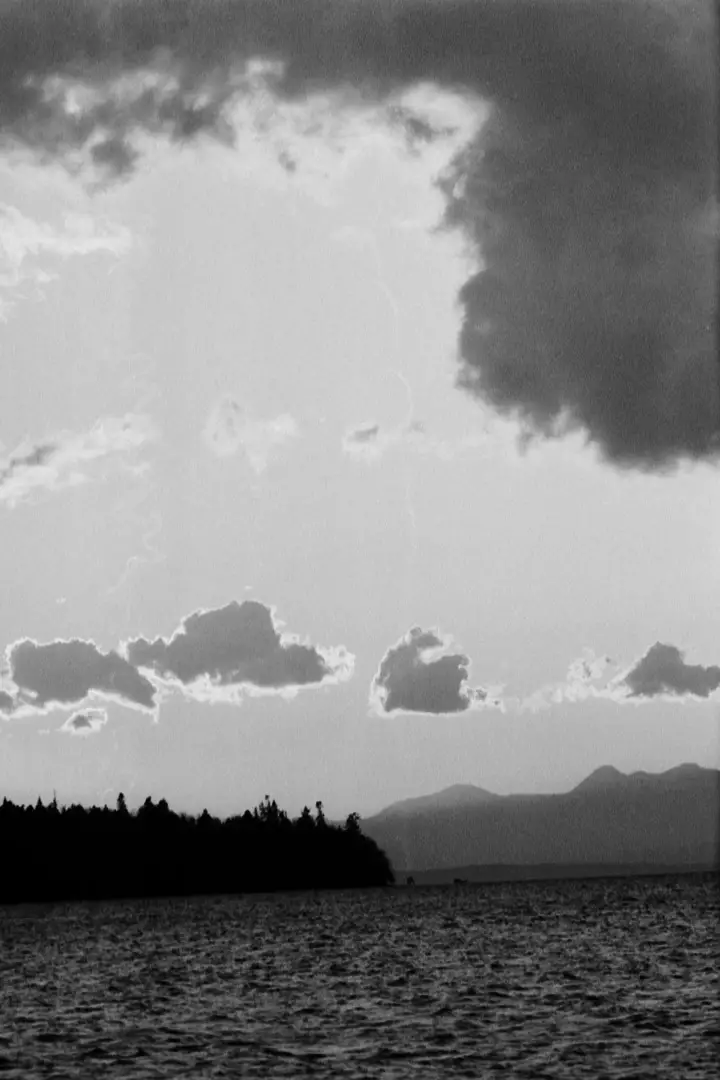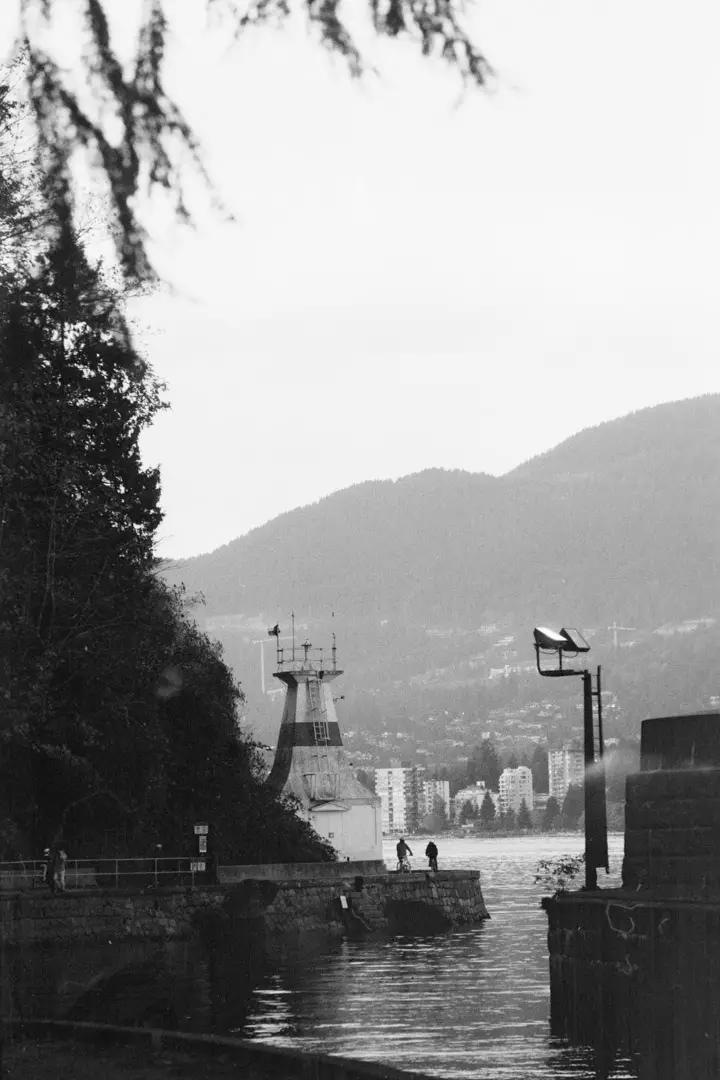If you’re like me who came out of University with a ton of student debt and a terrifying addiction to film, at least you’re not alone. I spent a couple years needing to shoot with some kind of film, and the cheapest stock on the market is Kentmere 100. If you need a quick B&W fix, and only have $6 to spend on a roll, this’ll be the way to go. But how far can you push or pull Kentmere 100?
Ilford’s technical data sheet says Kentmere 100 can produce good, printable results between ISO 50 and ISO 200. But it is possible to push the film 3 stops to ISO 800 using Rodinal and HC-110. The negatives are still sharp at this speed and have a beautiful contrast, but there will be a loss of shadow details.
For being the cheapest film on the shelves, it’s incredible that there are published ways to push this film three stops. It’s such a crazy idea that I bought a bunch of rolls to see exactly what I could do with this film at ISO 800. The best results came from shooting the film at ISO 400 and developing at 800 — not technically 3 stops, but still not bad.
How does Kentmere 100 look at ISO 800?
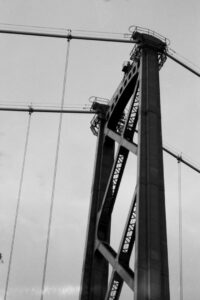
Kentmere 100 is known for being a good fine-grain film. It produces sharp negatives, with good tonality that are great for printing. This film doesn’t excel at anything, but it’s no slouch either. If it’s the only black and white roll on your shelf, or unfinished in your camera, you can be assured that it won’t let you down. But there comes a time and a place where you’ll need to work with a little less light. If you don’t have a tripod, you’ll need to keep a higher shutter speed to get a good negative in the late evening.
When pushing Kentmere 100 to ISO 800, you can expect to produce very contrasty negatives with a loss of detail in the shadows. The resulting images are sharp, and still retain a unique fine-grained appearance.
Kentmere 100 at ISO 800 is actually a very interesting combination. ISO 100 films don’t contain large grains intended for capturing shadow details, meaning you won’t see overtly grainy images. This fine-grain appearance happens even when it’s developed in Rodinal, which is the most common developer for producing overly grainy negatives.
So in short, shooting this film at a high ISO often results in buttery smooth tonal transitions even on a dense, high-contrast negative. In short, it’s astounding. And I’m going to have to test this on other ISO 100 negatives to see how it compares.
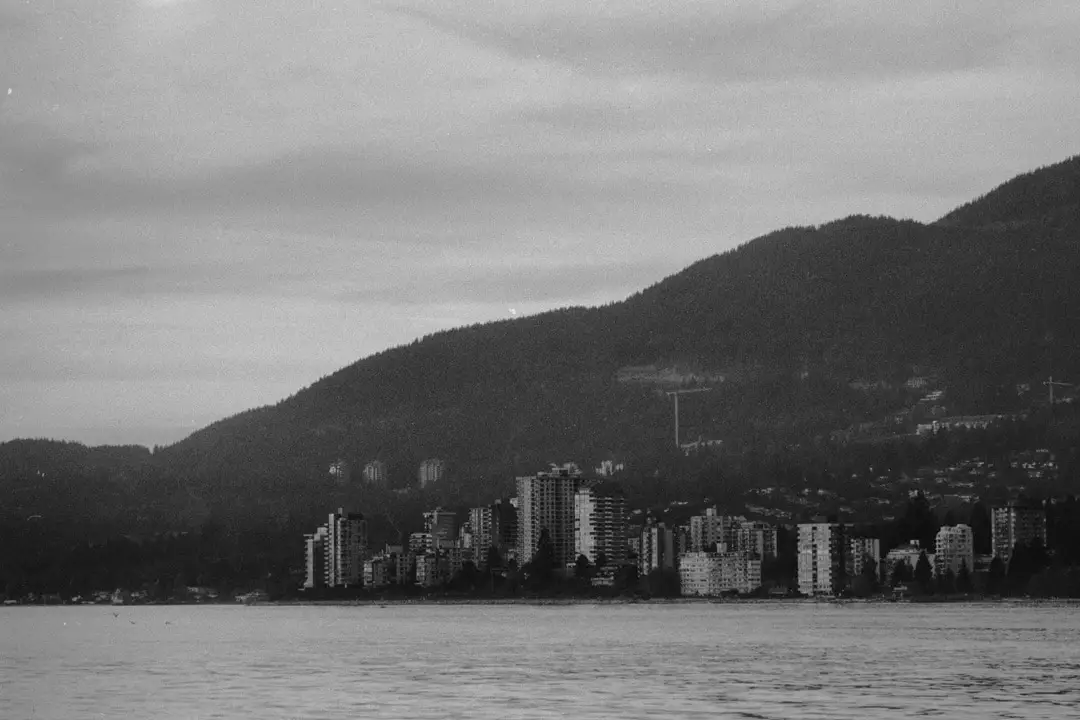
Which developers can push Kentmere 100 to ISO 800?
On the Massive Dev Chart, there are only two chemicals that will push Kentmere 100 as far as ISO 800. Those are Rodinal and HC-110. So with that in mind, you likely won’t be able to get this film pushed that far at a lab, as they typically run Kodak X-tol or Ilfotec DD through their machines. Most labs will push this film as far as ISO 200, but not much further.
If you’re getting into developing at home, Pushing Kentmere 100 to ISO 800 is an easy task. And luckily, Rodinal and HC-110 are two of the cheapest and most loved developers on the market. Rodinal is famed for having the longest shelf life of any developer on the market. HC-110 used to be able to boast a similar claim, but the new formulation doesn’t last nearly as long as the pre-2019, syruppy solution.
For this film, I would suggest developing in Rodinal, as it’s a relatively high-acutance developer that doesn’t dissolve any grains to reduce their appearance. Since there are no large grains to show, a fine-grain developer like HC-110 Dilution A will inevitably dissolve some of the image sharpness away.
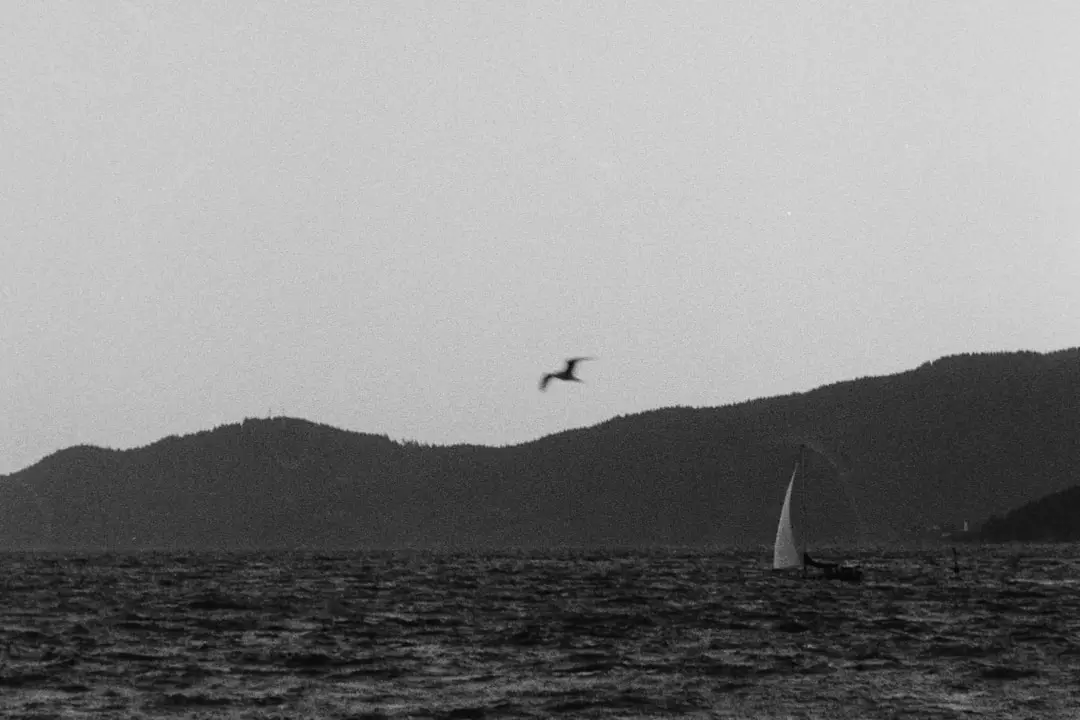
How do I push Kentmere 100 3 stops?
There’s a unique developing method that’s needed for extreme pushes like this.
Because this film isn’t meant to be pushed three stops, it’ll have to use a technique known as stand development. Stand Developing is where you gently agitate the developer solution for the first minute, and then leave it standing for two hours.
According to Anchell and Troop’s The Film Developing Cookbook, stand development works by slowing down the highlight development. The developer will exhaust itself and stop acting on the dense parts of the negative, since there will be little to no motion bringing new developer to those sites. In the shadows, or the thin sections, that extra time will allow the developer to fully develop the grains that may be harder to access in a quick development cycle.
Do not agitate the film developer while this is happening, otherwise it may produce an undesirable effect known as streaking. Anchell and Troop also recommend giving the film a 2-minute water pre-bath to avoid air bubbles in the gelatin coating.
Dilute Rodinal (Blazinol in Canada) 1:100, or 4.95mL of solution for a 2-reel Patterson tank. Then very gently invert and spin the solution for one minute to ensure it’s thoroughly mixed, set a timer for two hours, and go about your life. Then finish the developing process as normal once it’s complete. If you need a bit more time, an extra 5-10 minutes before or after your timer goes off isn’t going to significantly alter the results.
How does it compare to FP4+?

Both films are classic fine-grain film emulsions, showing excellent tonality, and flexibility in terms of their exposure. FP4+ is a sharper film than Kentmere 100, has a bit more silver, and will produce slightly better results when pushed or pulled than Kentmere 100. But I don’t believe the average photographer would be able to really tell the difference between images produced on either film.
The Ilford website says the major difference between the Kentmere and Plus lineup is the amount of silver in the emulsion.
“While their emulsion is made using the same technology as HP5 and FP4, the key difference is that they contain less silver and therefore don’t offer the same quality, versatility or characteristics. Kentmere films offer superb value for money and are a great starting point for students or anyone learning film photography, before stepping up to ILFORD films.”
Both Kentmere 100 and FP4+ are made on the same 0.125mm thick acetate base, but the additional silver in FP4+ makes the film slightly faster at ISO 125. FP4+ also doesn’t require as long of developing times as Kentmere 100.
Personally, I’m a big fan of the Kentmere film lineup and will be using and experimenting with these stocks for years to come. Do you love or hate Kentmere films? Tell me about your experience in our growing Facebook Group community! I love hearing about everyone’s experiences with films, and this is a great place to have your questions answered by myself or other experts in the film photography community.

By Daren
Daren is a journalist and wedding photographer based in Vancouver, B.C. He’s been taking personal and professional photos on film since 2017 and began developing and printing his own photos after wanting more control than what local labs could offer. Discover his newest publications at Soft Grain Books, or check out the print shop.

